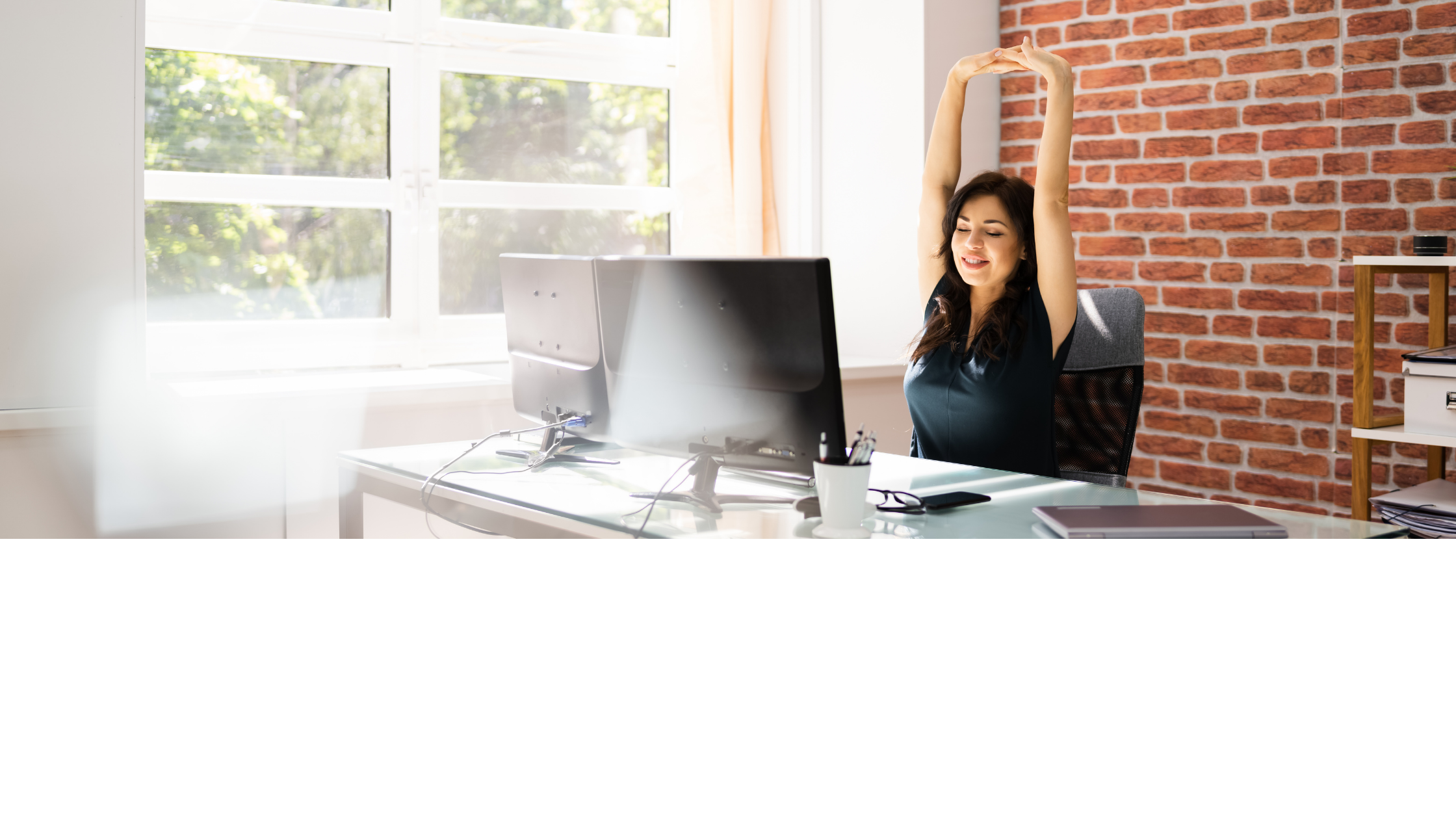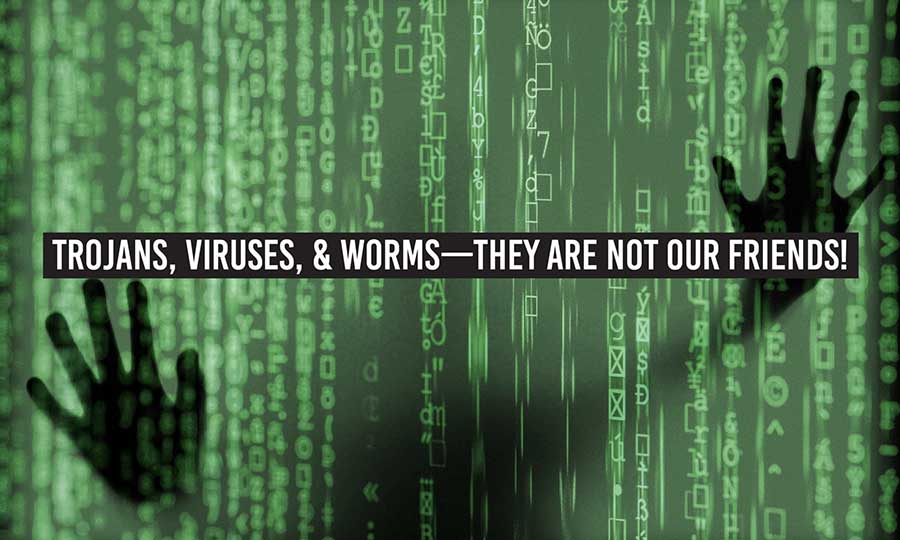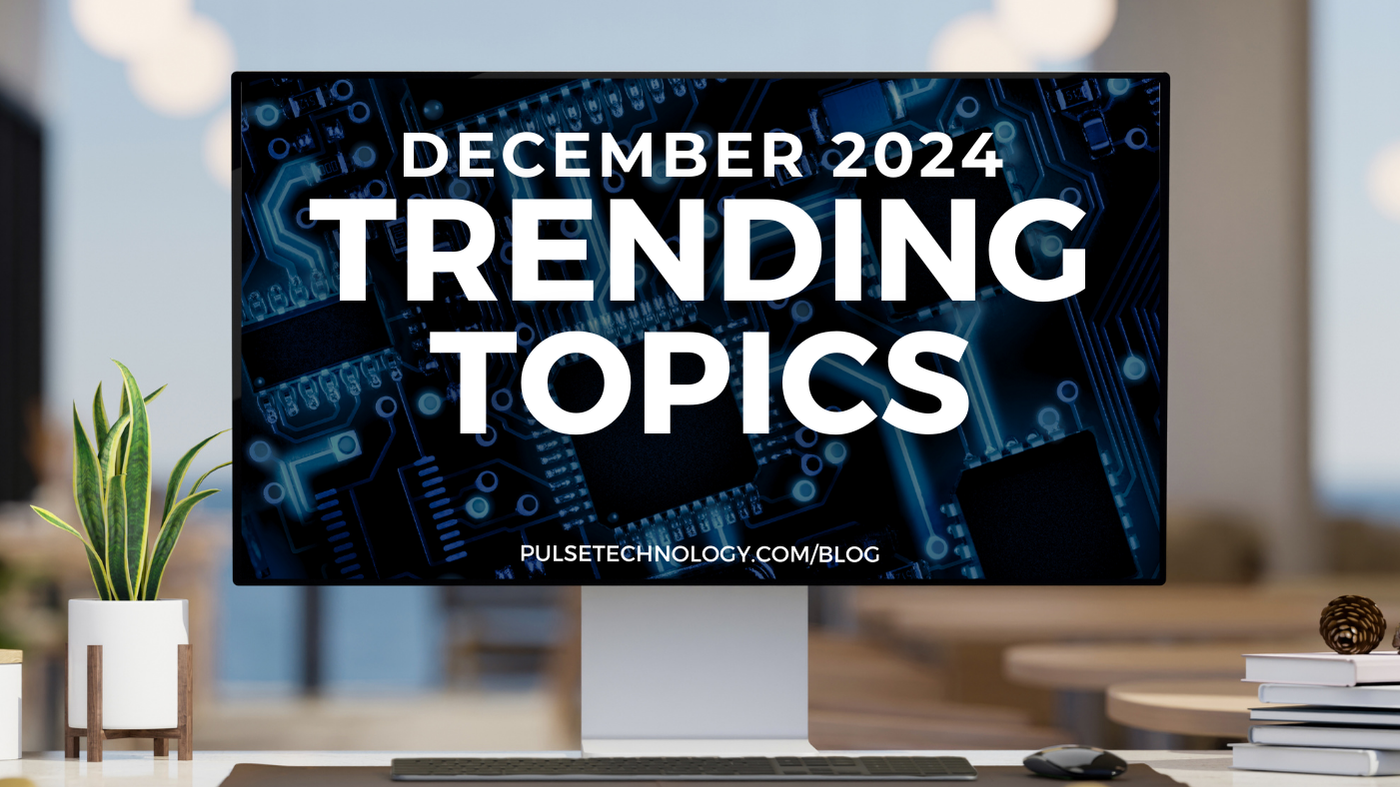You Just Can’t Be Too Clean
At the risk of sounding overly optimistic, the return to a modified “office normal” may be in the not-too-distant future now that the COVID vaccine is steadily making the rounds. It goes without saying (but we’ll say it anyway!) that the future workplace experience will differ from the past. Many offices will be redesigned to accommodate the return of the cubicle, some organizations may opt to continue the open space model (but with fewer desks and workstations to allow for social distancing) and upgraded ventilation systems will be a priority. And then there’s cleaning, disinfecting and sanitizing – a trio of formally taken for granted “should do’s” that now make the “must do” list.
While information about how often (and safely) to use cleaning products has always been included in accompanying written instructions, the truth of the matter is that these directions have often been set aside. Yes, we’ve all been guilty of it at one time or another! But, with infection control now top of mind, it’s essential for facility managers to understand the efficacy of the products they use, beginning with the differences between cleaning, sanitizing and disinfecting.
Cleaning removes germs, dirt and other impurities from surfaces and objects via soap, detergent and water. While cleaning in itself doesn’t kill germs, it can lower their numbers and the risk of spreading infection.
Sanitizing products lower the number of germs on surfaces or objects to a safer level.
Disinfecting, through the use of chemicals, destroys or inactivates specific bacteria and viruses identified on the disinfectant products’ label.
And let’s not overlook office items with antimicrobial additives. For the uninitiated, the term antimicrobial indicates a property or function of a material that kills or inhibits the growth or action of micro-organisms, including bacteria, fungi and some viruses. Antimicrobial technologies are available for fabrics and surfaces, telephone shoulder rests, desk pads, staplers, clipboards and the list goes in. It must be noted that antimicrobial technologies have not been proven to combat or inhibit the coronavirus.
Whether going the traditional cleaning, sanitizing and disinfecting route or adding antimicrobial technology to the mix, the imperative is to maintain an office environment that reduces the risk of spreading infections.
Learn more by emailing us: info@pulsetechnology.com.



